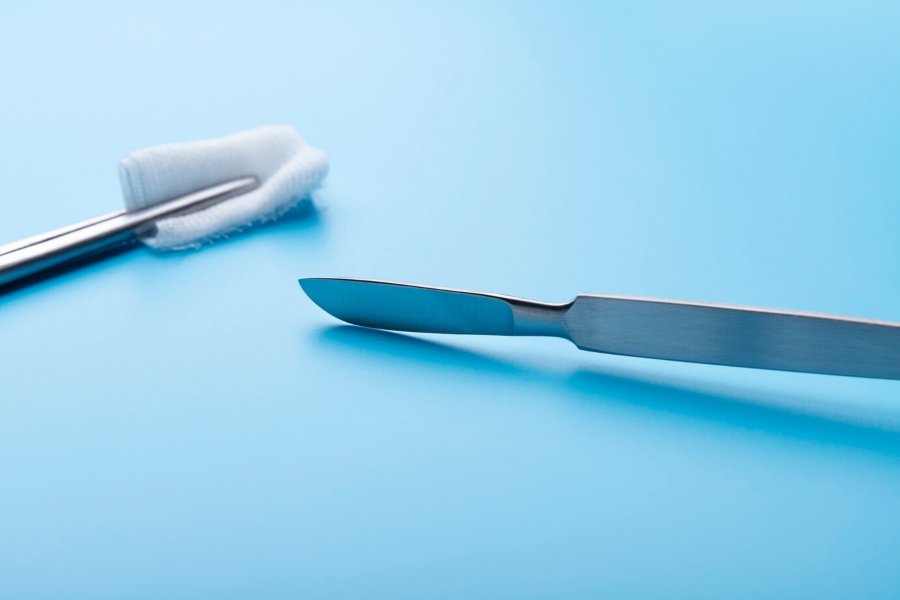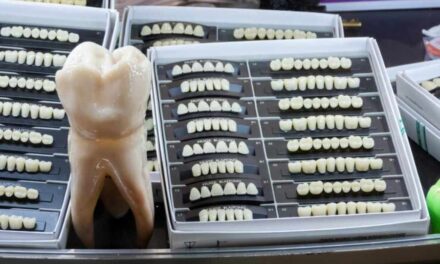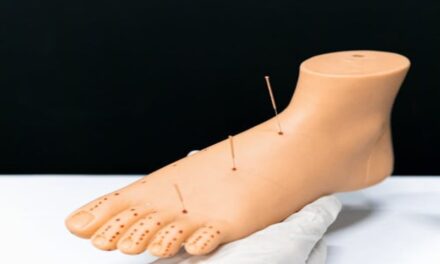Instrument-assisted soft tissue mobilization (IASTM) is a manual therapy technique that uses specialized tools to detect and treat muscle and fascia restrictions. These instruments, often made of stainless steel, help break down scar tissue, improve blood flow, and promote healing in soft tissues. This technique is commonly used for conditions involving chronic pain, restricted mobility, and soft tissue injuries.
At Lakeside Spine and Wellness Inc., IASTM is used to address issues such as tendinitis, muscle strains, myofascial pain, and post-surgical scar tissue. By applying controlled pressure with the instrument, therapists can stimulate a healing response in the affected area, reducing stiffness and promoting better movement. Research suggests that this method can enhance collagen remodeling, helping tissues regain flexibility and strength.
Treatment sessions may cause mild redness or temporary discomfort, but many patients report improved mobility and pain relief after a few sessions. To learn more about how this therapy works, follow the link https://www.lakesidechicagochiro.com/ for additional details on its benefits and applications.
How does instrument assisted soft tissue work
Instrument-assisted soft tissue mobilization (IASTM) works by using specially designed tools to apply controlled pressure and movement to muscles, fascia, and tendons. These instruments help detect and break down areas of scar tissue, adhesions, and restrictions in soft tissue that may be limiting mobility or causing pain. The technique stimulates blood flow, promotes cellular activity, and encourages the body’s natural healing process.
During treatment, a therapist glides the instrument over the skin, applying varying levels of pressure depending on the area being treated. This process creates controlled microtrauma, which triggers the body to increase circulation and collagen production. As new, healthy tissue forms, flexibility and movement improve while pain decreases.
Many people feel immediate relief after treatment, though some temporary redness or soreness may occur as the tissue adapts. Regular sessions can help with conditions like chronic muscle tightness, tendinitis, and post-injury stiffness by restoring normal tissue function and improving overall mobility.
What to expect from an instrument assisted soft tissue
An instrument-assisted soft tissue mobilization (IASTM) session typically begins with an assessment to identify areas of restricted movement, muscle tightness, or scar tissue buildup. The therapist will apply a lubricant to the skin before using specialized tools to glide over the affected area with controlled pressure. This technique helps break down adhesions, improve circulation, and promote healing.
During the session, patients may feel a scraping or pulling sensation as the instrument moves over tight or restricted tissues. Some mild discomfort can occur, especially in areas with significant tension or scar tissue, but the pressure can be adjusted for comfort. The treatment may cause temporary redness or slight bruising as blood flow increases in the treated area.
After the session, many people experience improved mobility and reduced stiffness. Some soreness may occur, similar to post-exercise muscle fatigue, but this typically resolves within a day or two. Regular treatments can help restore normal tissue function, enhance flexibility, and support long-term recovery.










